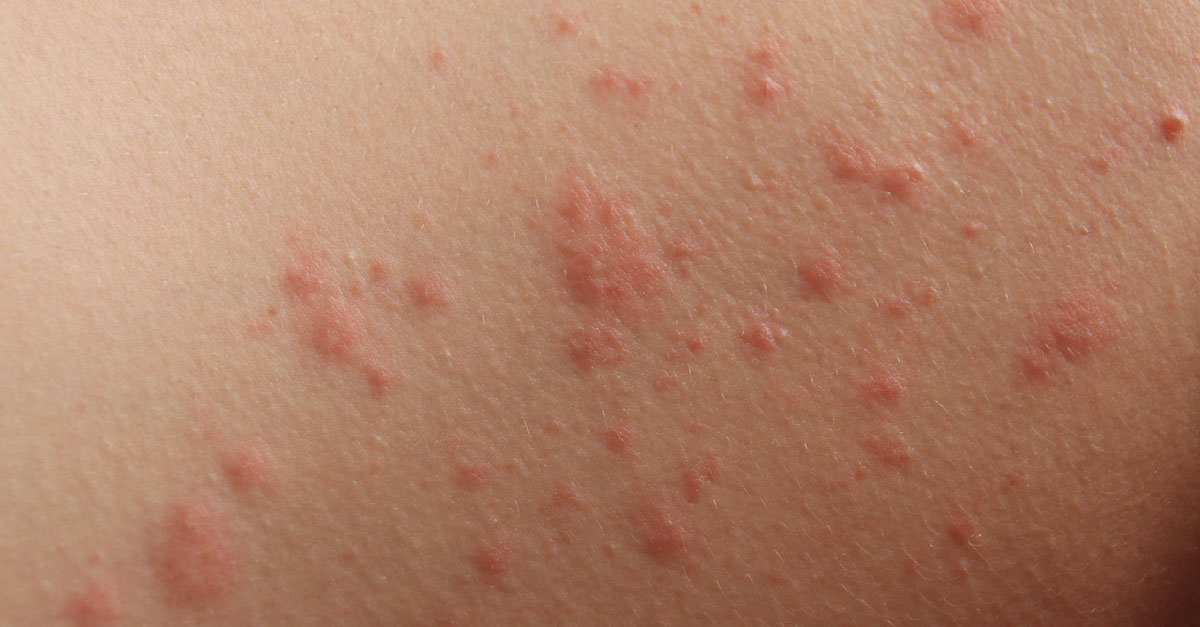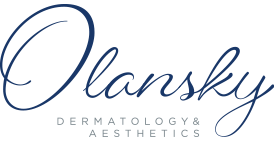Rashes are often medical mysteries. Unlike a cold or flu virus, it can be tricky to know whether a rash requires a doctor’s visit, and whether or not it’s contagious. If you or your child has a rash, put an end to the guessing game and get the basics on rashes here.
What Are the Signs of a Rash?
If you have a rash, you’ll definitely know it: your skin becomes inflamed, itchy, and irritated. Other symptoms may include dry or cracked skin, swelling, bumps and blisters, or leathery patches that can become hyperpigmented. These are all telltale signs of contact dermatitis, the medical term for a rash that develops when you come into contact with an irritant. In some cases, that could be a substance you’re allergic to, but it may also occur with other irritants like fragrances, harsh ingredients, plants, or even jewelry — especially if you have sensitive skin.
The challenge often lies in that it can often be difficult to pinpoint what produced your rash. If it’s isolated to one spot — say, your wrist after wearing a new bracelet — you may be able to identify a culprit. If it’s isolated to a random spot or scattered in various places across your body,
however, the trigger becomes more difficult to determine. And that can be a challenge when the first line of treatment for a rash is to identify and avoid whatever caused it.
How Are Rashes Treated?
Since everyone’s skin is different, we can’t say for sure what may have caused your contact dermatitis, but we can help you narrow down possibilities. Irritants that can cause a rash include soap, solvents, bleach and detergents, plants, hair products, and chemicals found in pesticides and fertilizers. Consider whether you’ve introduced any new products into your self-care regimen, or if you’ve been working with any new cleaners or chemicals.
Your rash could also be an allergic reaction to something. Medications, such as topical creams, nickel found in costume jewelry, and plants such as poison ivy can all produce a rash in people who are allergic to these triggers.
Identifying (and then avoiding) the source can prevent a worsening rash from occurring. In the meantime, an anti-itch treatment like a 1% hydrocortisone cream can alleviate discomfort. Since your skin is already irritated, resist the urge to scratch. Instead, get relief with cool, wet compresses. You might also find that soaking in a cool bath helps to calm inflamed skin.
Sometimes, contact dermatitis may require clinical care. If the itching is so intense that it’s interfering with your sleep or daily life, make an appointment with one of our providers. Likewise, if the rash seems to be spreading, or if its appearance is concerning you, don’t hesitate to schedule a visit. For signs of infection (think oozing blisters and fever) or any severe, accompanying symptoms like shortness of breath, get emergency care. These symptoms indicate a different issue, such as an infection, and may require immediate treatment.
Schedule a Rash Concern Appointment With Olansky Dermatology & Aesthetics
Dealing with a persistent rash can be frustrating. If you’re struggling to get relief, allow one of our specialists to help you find an effective treatment. Schedule an appointment with our office online or by calling (404) 355-5484.


